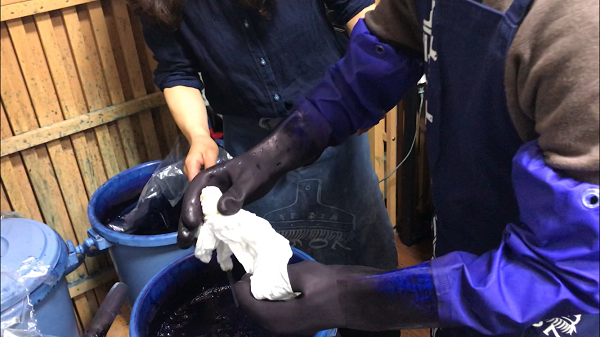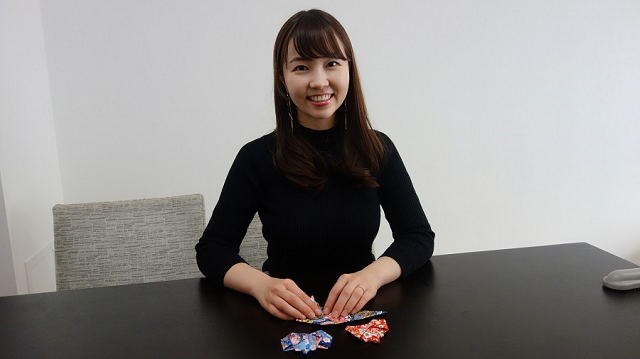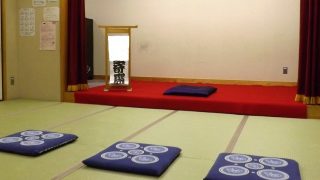About Indigo dyeing
Today, we would like to discuss the Indigo dyeing activity in Asakusa.
The other day, we experienced this activity in Some Kobo.
Indigo dyeing in Japan is dyeing using plants called Tadeai.
Tadeai is said to have originated in Southeast Asia.
It is said that it came to Japan through India, China, and Korea at the end of the Kofun period.
In the Heian period, Indigo was a noble color worn by the court and upper nobles.
Many indigo dyeing fabrics are also stored at Horyu-ji Temple and Shosoin Temple.
In the Edo era, indigo dyeing became widespread among the people in general.
It was used for many things, from kimonos to work clothes to store curtains and bedding.
Indigo is often used to dye silk, linen, and cotton.
Indigo dyeing is said to have a deodorant effect and insect repellent effect.
Indigo dyeing activity
We experienced indigo dyeing at Some Kobo in Asakusa.
The activity time was two to two and a half hours.
We chose the washcloth for the dyeing material.
The indigo dyeing changes the result of dyeing depending on the condition of the day.
Indigo dyeing is a very unique experience.
It is fun to encounter fortuitous results beyond your image.
We put the washcloth in the bucket three times so that the washcloth would be dyed well.

Here, it’s done!

The indigo dyeing activity was a very valuable experience.
The result was more than imagined.
It is my own original that cannot be dyed the same.
If you are interested, please try it.

Reference: Some Kobo












